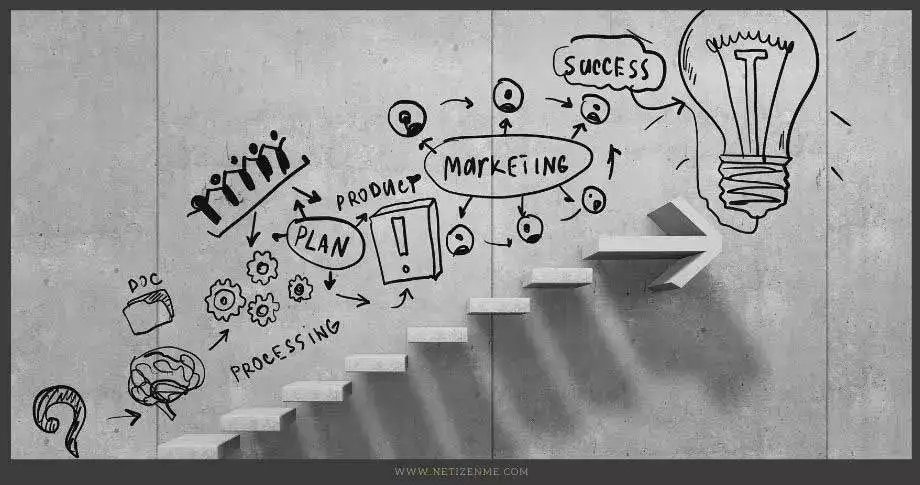
Why Consider Just-in-time Inventory and Vendor-Managed Inventories?
Just-In-Time Inventory
JIT inventory system reduces wastage, improves efficiency and productivity, and contributes to smoother production flows. In addition, it allows you to set up a schedule with your supplier to ensure that you receive goods only when needed.
What is the benefit of just-in-time processing?
Reasons for considering this system include:
- Elimination of storage costs: “By synchronizing the customers’ demand and the material purchase from the suppliers, the storage costs can be reduced to a minimum” (Marendra, 2020). Reduction in the need for storage space saves on rent, insurance, and other inventory carrying costs.
- Reduction of waste: Since you only have the inventory needed at that time, there is a decrease in the amount of wastage from spoilage, obsolescence (the high rate of inventory turnover keeps items from becoming obsolete), and breakages.
- Reliable vendors: For the JIT system to work, a company must build strategic partnerships with its supplies. These partnerships ensure that the firm only works with suppliers who share a common goal and deliver high-quality goods on time.
Vendor-Managed Inventories
Vendor-managed inventory systems are those where the supplier is responsible for maintaining and optimizing the customer’s inventory levels, usually at the customer’s desired location.
What are the advantages of vendor-managed inventory?
Reasons to consider the vendor-managed inventory systems include:
- Reduced costs: Low inventory levels lead to low carrying costs. “With a vendor-managed inventory, there will be fewer orders, no more expensive “rush” orders, and you won’t have to worry about returning overstocks. Your staff also can focus on other tasks so that you can maximize productivity” (American Express, 2020).
- No need for safety stock: Since the supply manages the resupply lead times, the customer doesn’t need to keep any safety stock. No safety stock also leads to a reduction in inventory carrying costs.
- Reduction in Purchasing-related administration costs: “Because the vendor receives data and not purchase orders, the purchasing department has to spend less time calculating and producing purchase orders” (Murray, n.d.).
Check the following reference articles to learn more about the Why Consider Just-In-Time Inventory and Vendor-Managed Inventories?
- American Express. (2020, September 11). Advantages and Disadvantages of Vendor Managed Inventory. Business Class: Trends and Insights | American Express. (URL)
- Marendra, D. (2020, October 19). The Importance of Just in Time Inventory for Your Business. BusinessTech. (URL)
- Murray, M. (n.d.). Small Business Supply Chain: Vendor Managed Inventory (VMI). The Balance Small Business. (URL)
- Mastering the Art of Customer Referrals for Small Business Success

- Is It a Good Idea to Invest in Hydroponic Farming?

- Technological Change And Structural Unemployment

This article is written by:
Our professional writers and editors are passionate about sharing high-quality information and insights with our audience. We conduct diligent research, maintain fact-checking protocols, and prioritize accuracy and integrity to the best of our capacity.
You can cite our articles under the author name "Netizenme"







